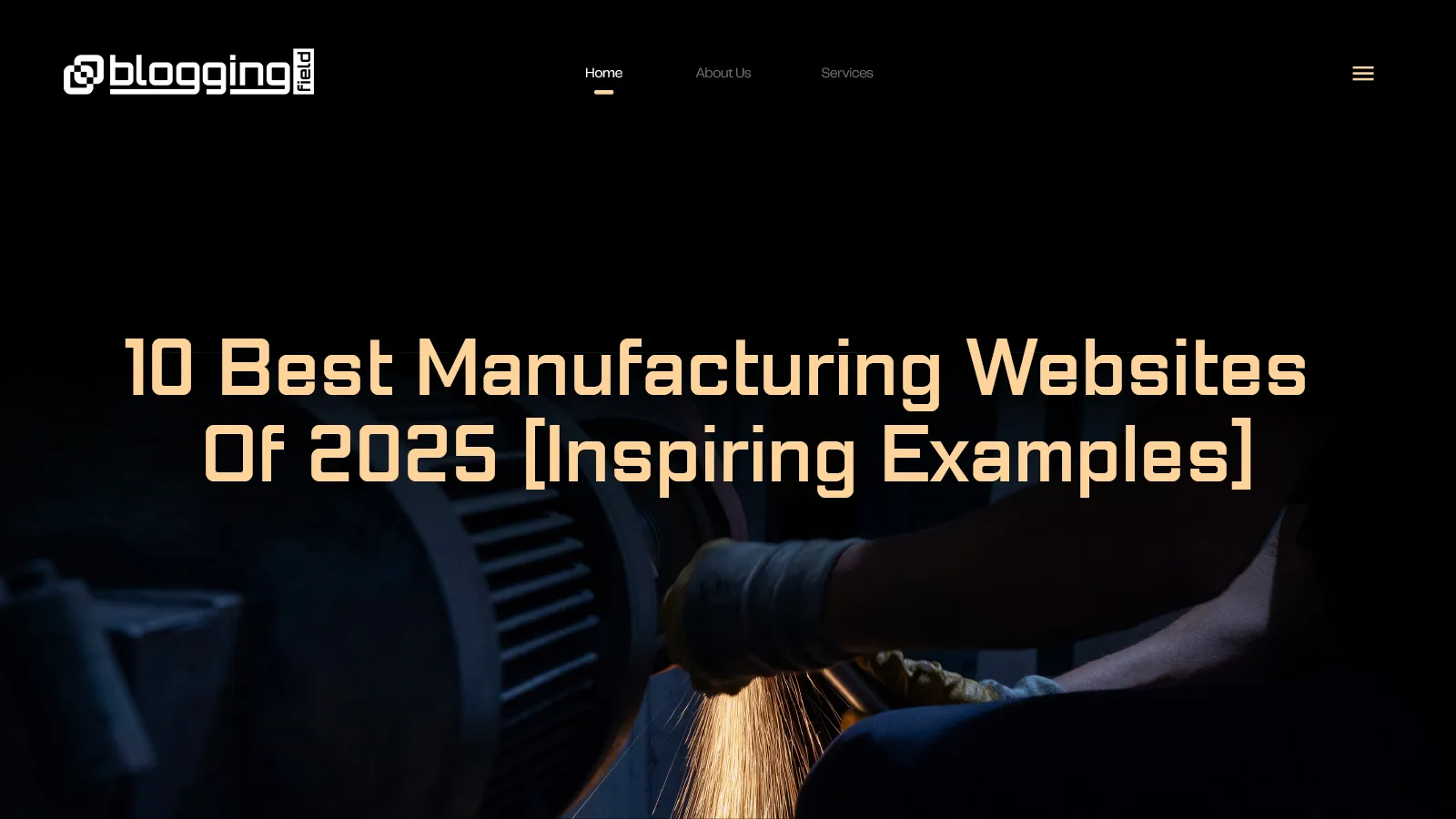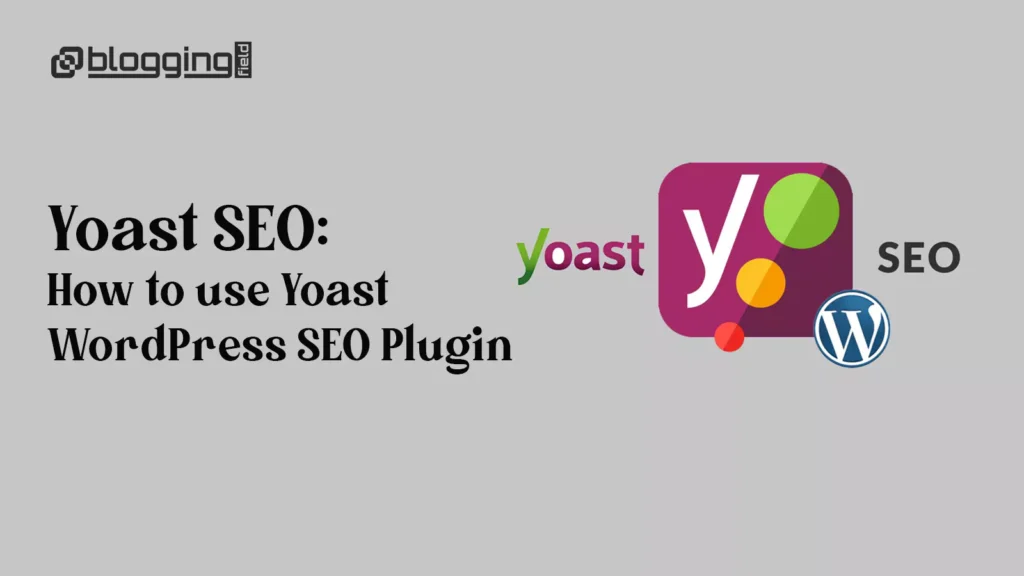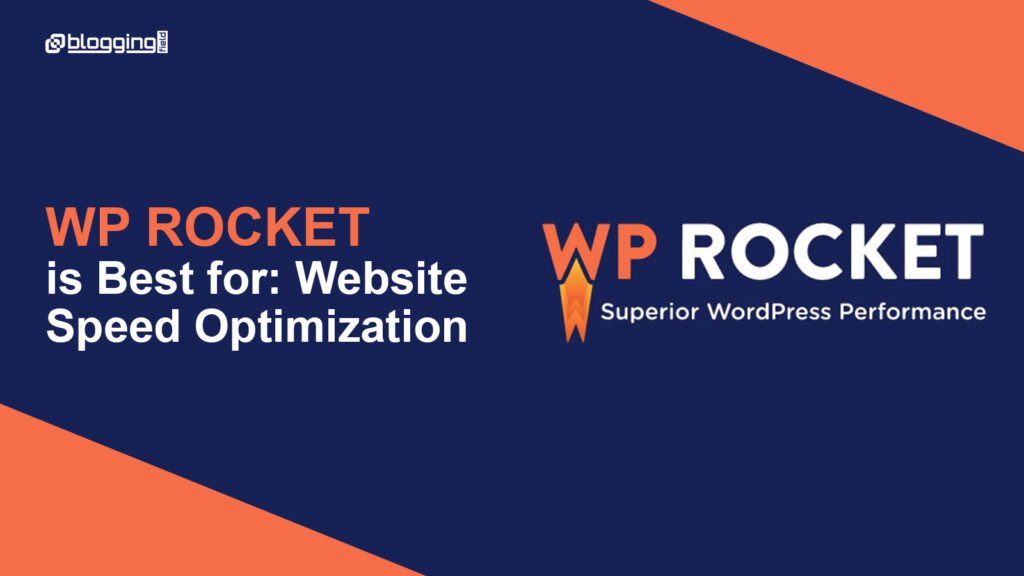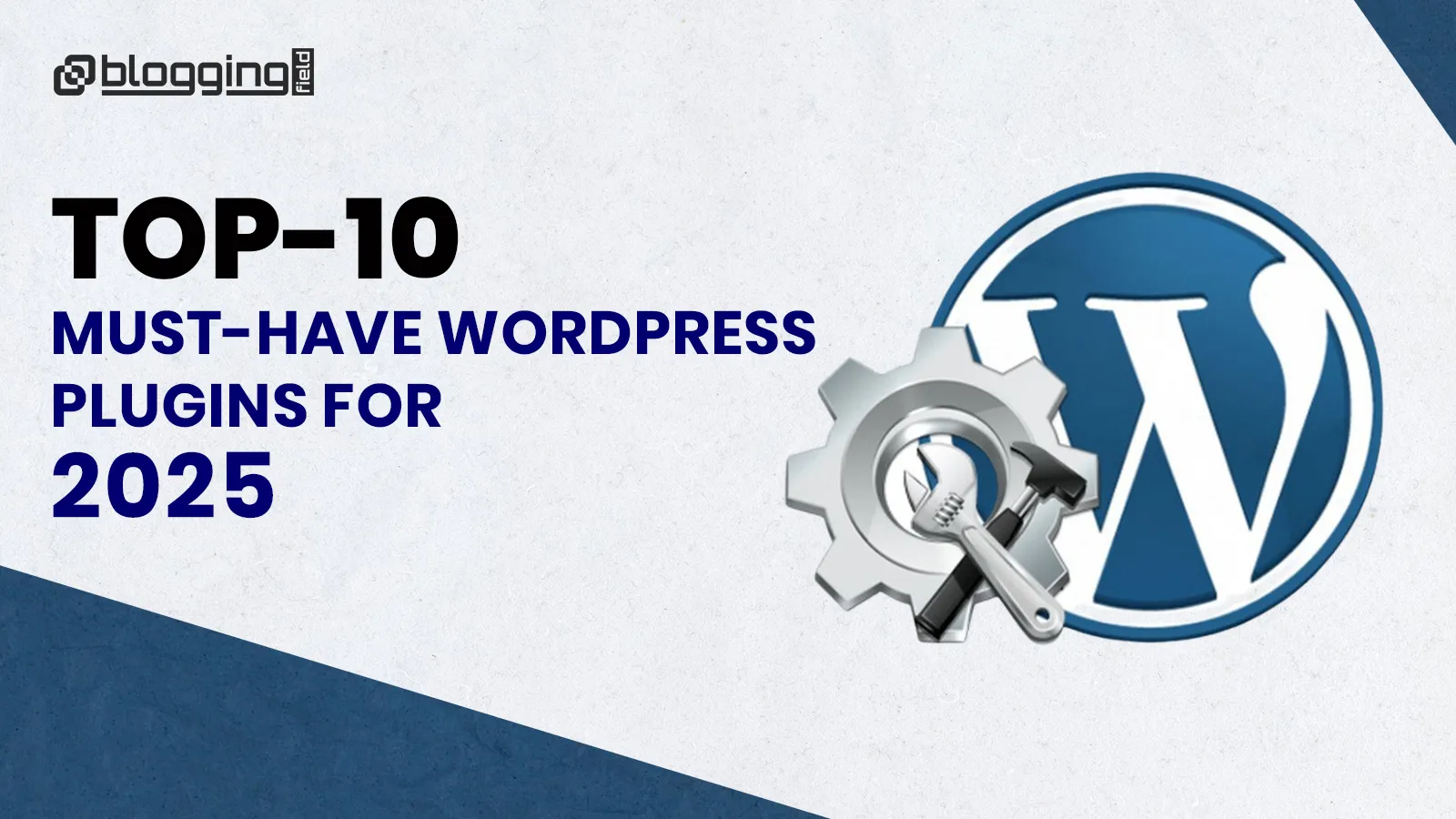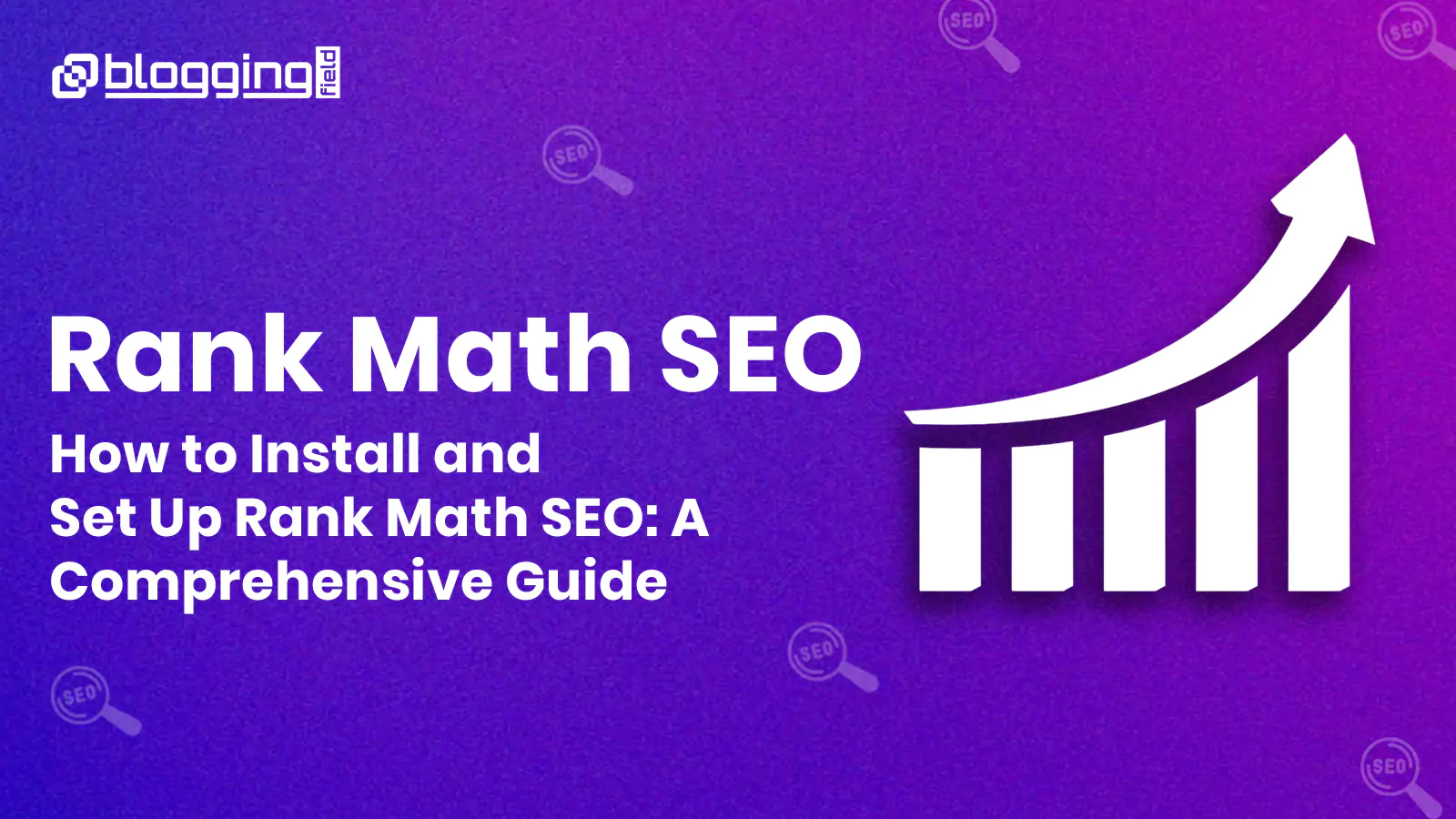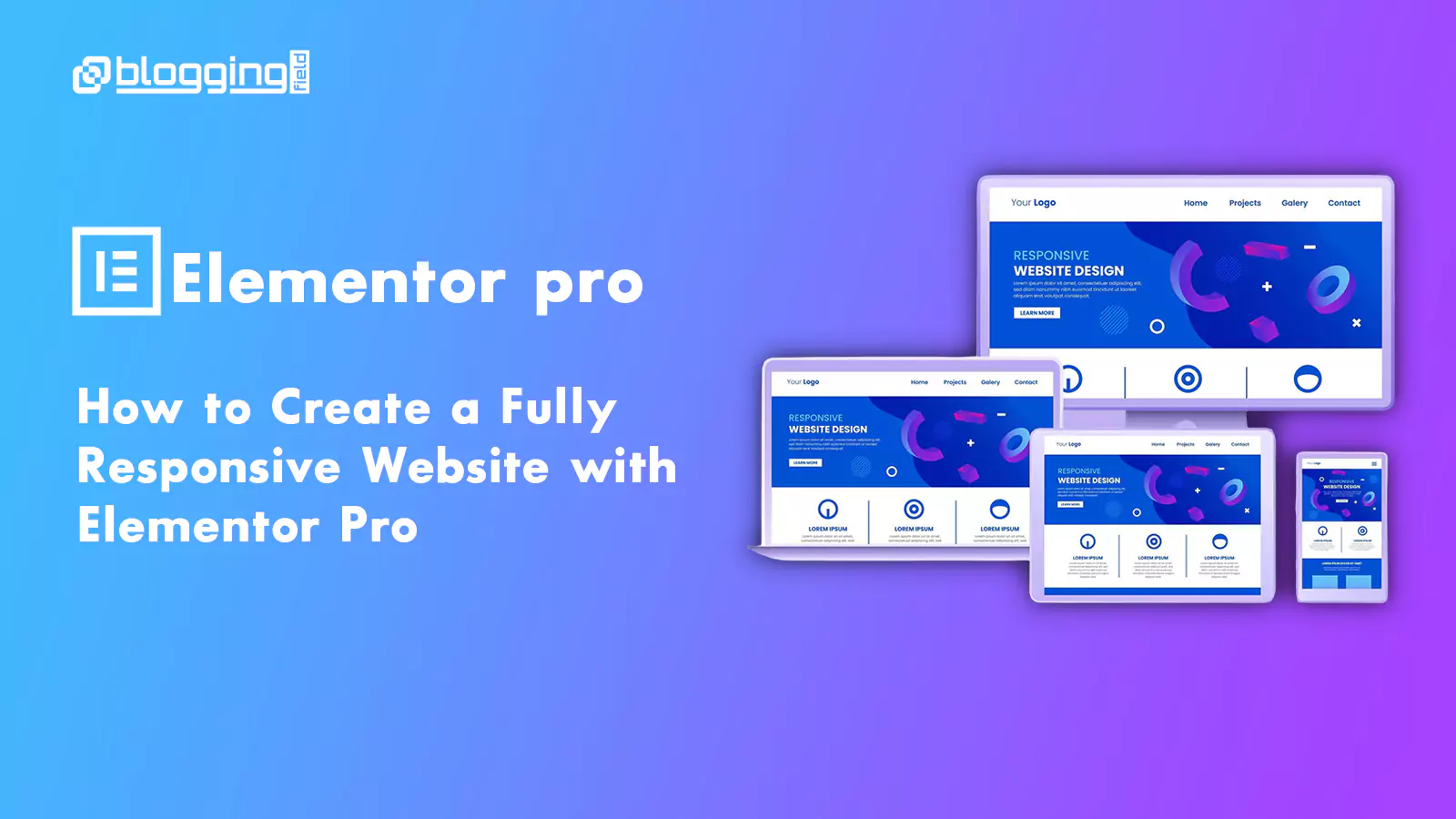Introduction
In today’s highly competitive manufacturing industry, your website isn’t just a digital brochure—it’s a powerful sales tool. From showcasing capabilities and certifications to improving lead generation and B2B credibility, a well-designed manufacturing website can make a huge difference.In this post, we’ve curated 10 of the best manufacturing websites of 2025 that demonstrate exceptional design, seamless navigation, and strategic content. Whether you’re planning a redesign or building from scratch, these examples will help you create a high-performing website tailored for industrial audiences.
10 Best Manufacturing Designs to Checkout
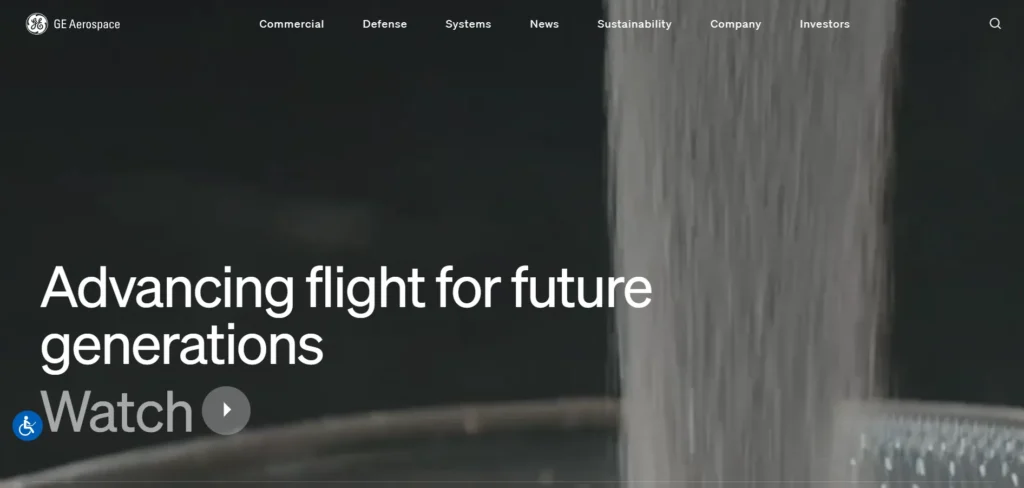
GE Aerospace’s website is a brilliant example of corporate storytelling in the manufacturing space. It opens with immersive visuals and a sleek, intuitive layout that guides users effortlessly through complex topics such as engineering advancements, sustainability initiatives, and aerospace manufacturing solutions. The clean typography, bold imagery, and strategically placed CTAs make it a high-converting industrial website.
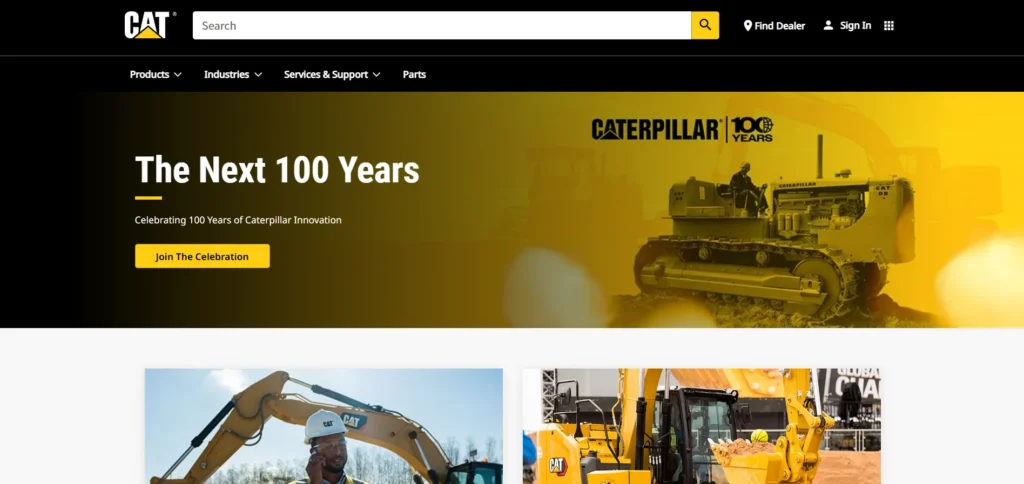
Caterpillar continues to lead with its robust and modern web design. Its 2025 redesign features high-resolution videos, dynamic menus, and an exceptional product filtering system. With a global reach, it also handles multilingual content gracefully. The mobile experience is particularly optimized for field engineers and B2B buyers who need quick access to specs and manuals.
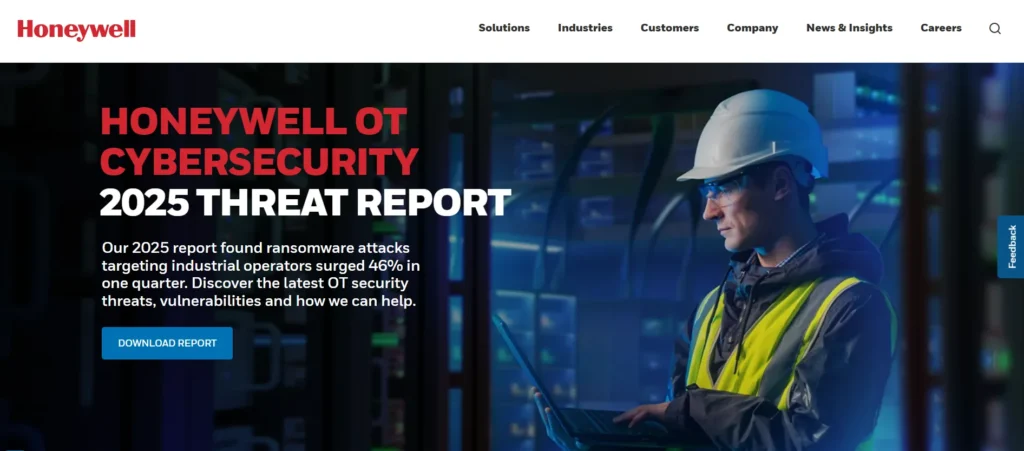
Honeywell’s website fuses manufacturing excellence with cutting-edge digital experience. Its smart use of animations, case studies, and industry-specific pages caters to multiple sectors like aerospace, healthcare, and logistics. The “Solutions” navigation hub is particularly effective for B2B visitors seeking specific services.
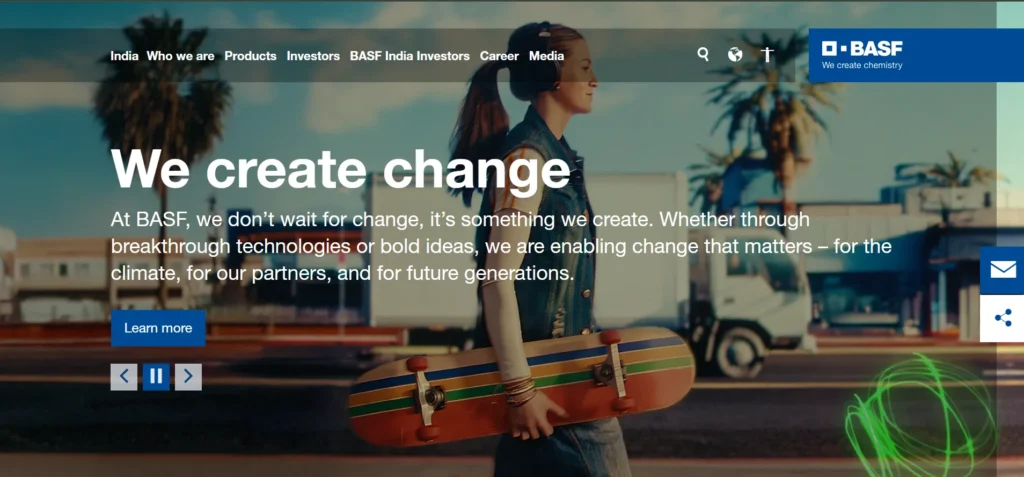
BASF’s website showcases how a chemical manufacturer can stay both professional and engaging. With elegant design, modular content blocks, and plenty of white space, it provides clarity around their sustainability commitments, product innovations, and global reach. Their “Virtual Lab” experience is a standout feature.
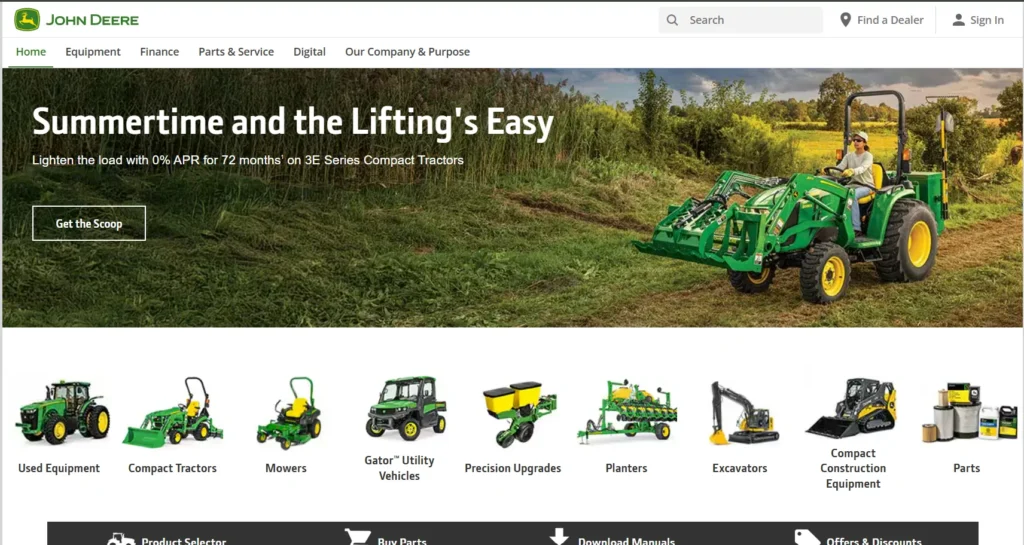
John Deere’s website is a perfect blend of ruggedness and modernity—just like its equipment. The user journey is well-thought-out, particularly for product browsing and dealer locator tools. Their responsive site ensures seamless interaction across all devices, which is critical in agriculture and construction sectors.
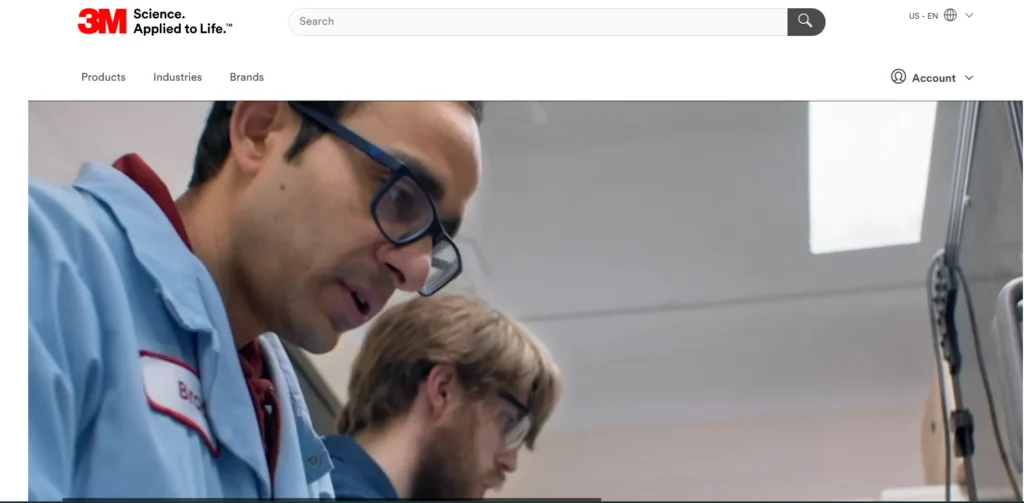
3M’s site stands out for how it organizes an extensive product portfolio without overwhelming the visitor. With AI-driven search functionality and customer-focused navigation, it serves industries ranging from healthcare to electronics. Their use of customer success stories and innovation highlights adds credibility and SEO value.
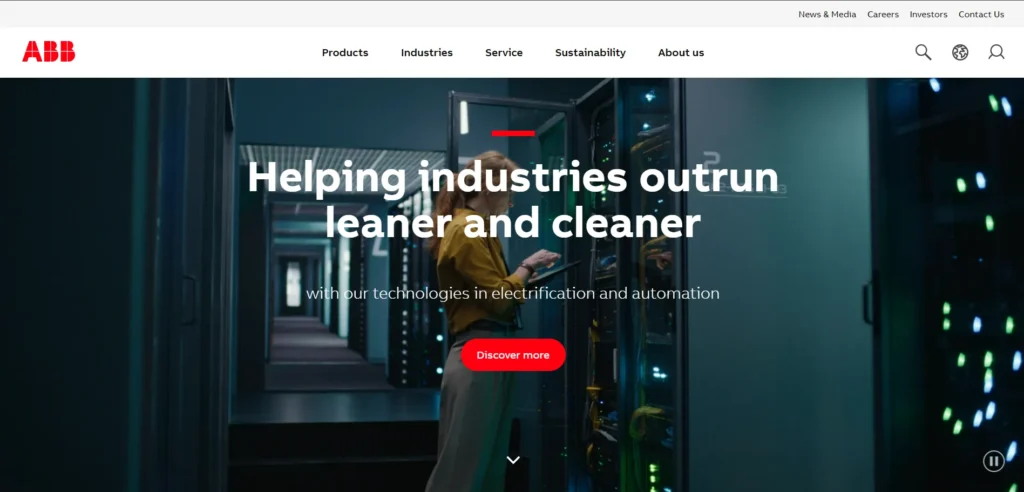
ABB leverages digital transformation not only in its products but in its website experience. The 2025 design emphasizes automation, robotics, and sustainability. Features like dynamic search, tailored industry pages, and a robust insights section (with whitepapers and webinars) drive user engagement and organic traffic.
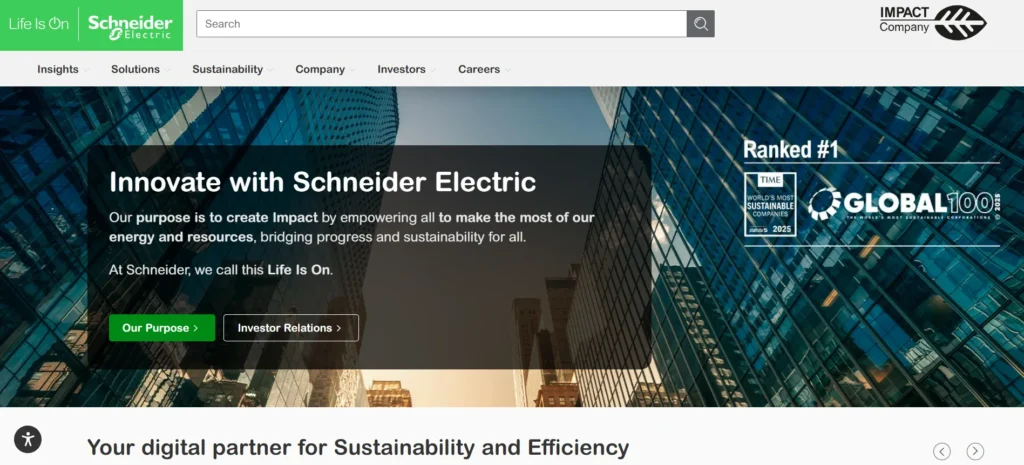
Schneider Electric’s website offers an enterprise-level experience with a strong focus on energy management and smart systems. It’s designed for global audiences with easy access to resources, tools, and sustainability metrics. Their customer-centric UX supports various industries including buildings, data centers, and manufacturing.
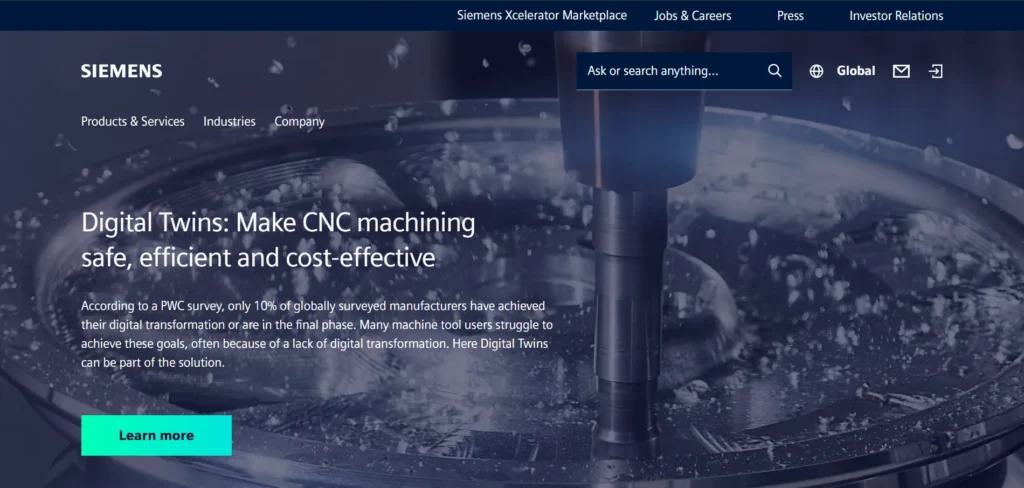
Siemens delivers one of the most comprehensive and forward-thinking manufacturing websites in 2025. As a global leader in industrial automation, electrification, and digitalization, Siemens’ website is engineered to cater to both technical users and C-suite decision-makers.
Its Digital Industries section is a standout, offering personalized content based on industry (energy, automotive, healthcare, etc.) and user roles (engineers, CTOs, procurement teams). The mega menu is deep yet intuitive, helping users find product documentation, case studies, whitepapers, and software demos with ease.
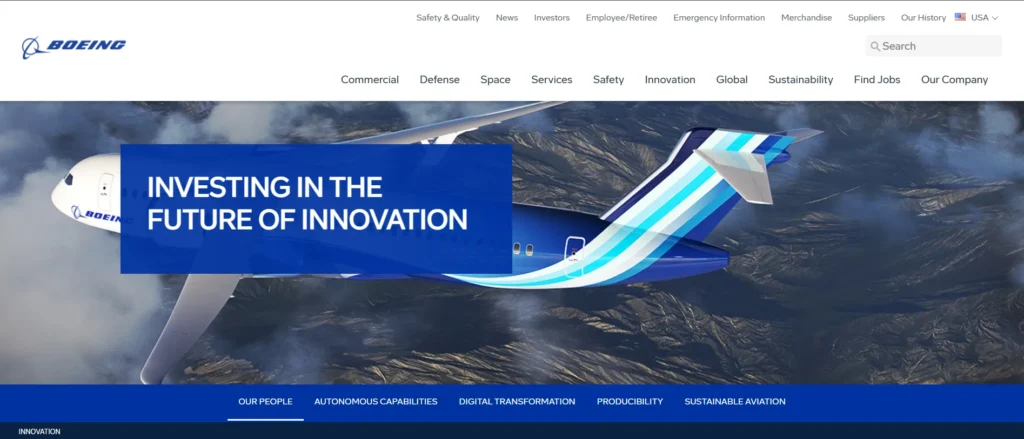
Boeing’s manufacturing website is more than just a corporate front—it’s a visual journey into aerospace engineering excellence. The 2025 iteration features immersive storytelling, showcasing innovations in commercial aircraft, defense systems, and space exploration. It uses high-resolution media, interactive 3D models, and video-driven pages to highlight aircraft design, sustainability milestones, and advanced materials technology. Boeing’s use of an extensive newsroom, press center, and innovation portal keeps the website content-rich and SEO-strong, with continual updates that improve search visibility.
For procurement officers, government clients, and B2B suppliers, Boeing offers secure portals and technical resources, all underpinned by a fast, mobile-first architecture optimized for performance and global audiences.
Conclusion
The manufacturing websites dominating 2025 don’t just look good—they work hard. They turn complex offerings into simple stories, automate user journeys, and enable digital transformation for industrial clients.Whether you’re a multinational brand or a local manufacturer, you can learn from these websites to make yours more compelling, SEO-friendly, and conversion-driven. With the right combination of modern web design, technical SEO, and customer-centered content, your manufacturing website can become your most powerful sales tool.
Frequently Asked Questions (FAQs)
What industries do the best manufacturing websites cater to?
From aerospace and energy to robotics, chemicals, and agriculture, the best manufacturing websites are built with industry-specific needs in mind. They include technical documentation, use-case breakdowns, and vertical-specific landing pages.
What role does SEO play in industrial website design?
SEO ensures visibility on search engines for B2B buyers researching suppliers or products. Optimizing product pages, meta tags, schema, and blog content boosts both traffic and qualified leads.
Should small manufacturers invest in website redesigns?
Absolutely. Even small manufacturers can increase credibility and generate leads by implementing responsive design, user-focused navigation, and basic SEO strategies.

